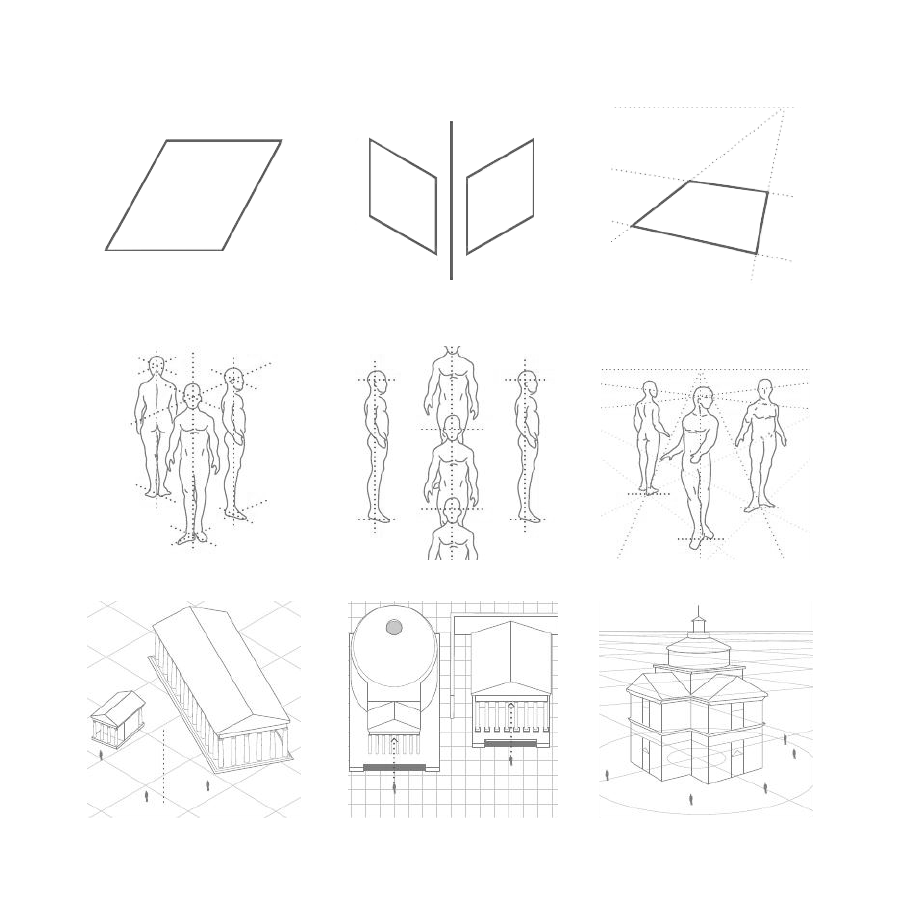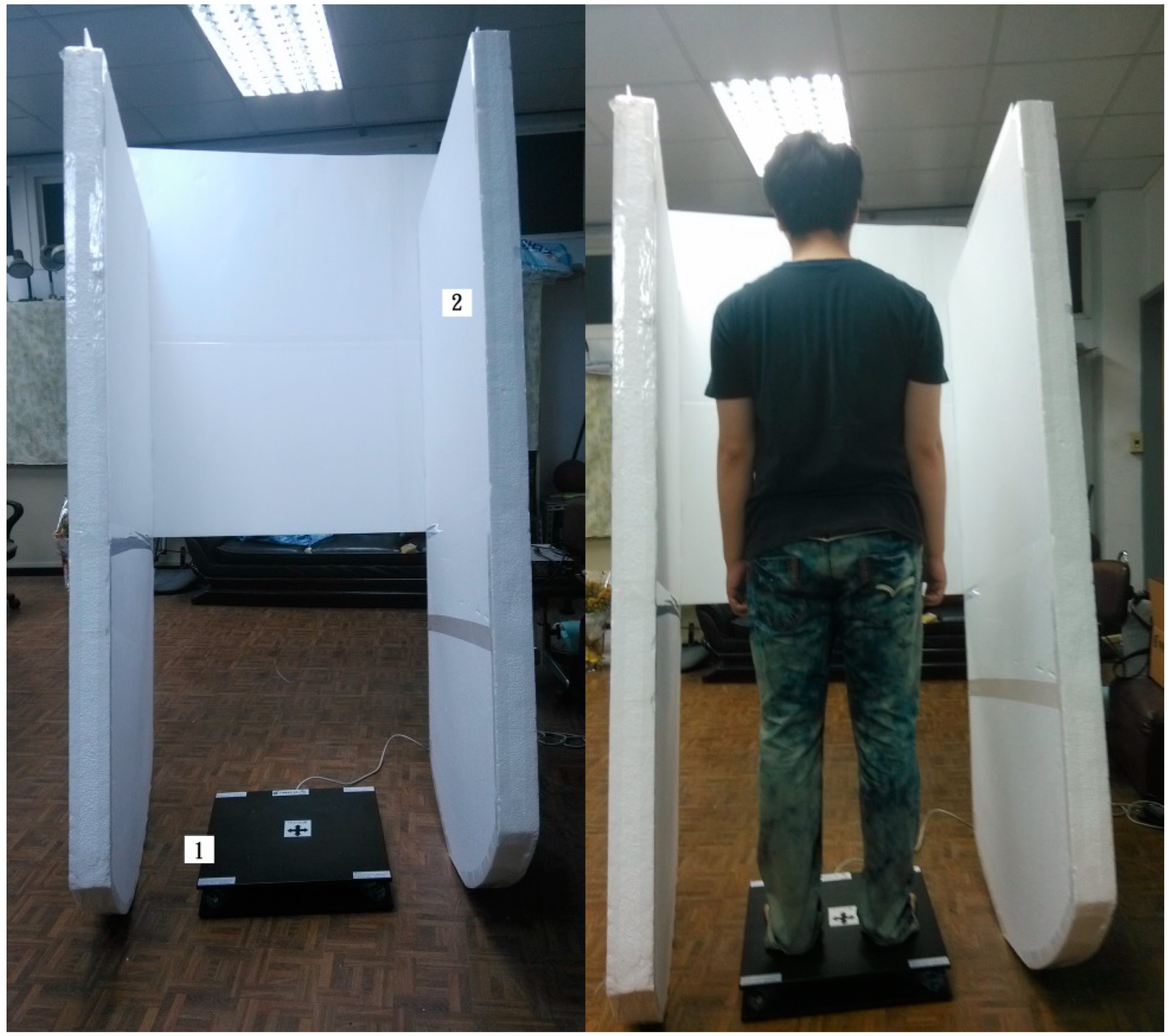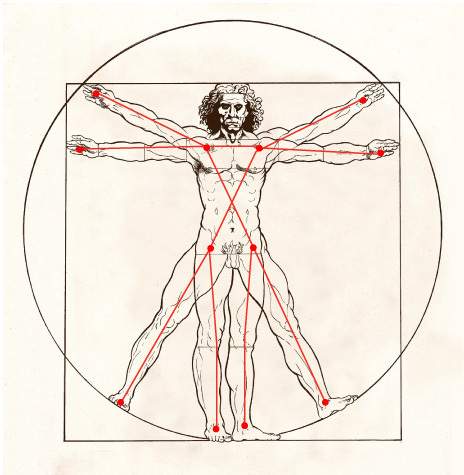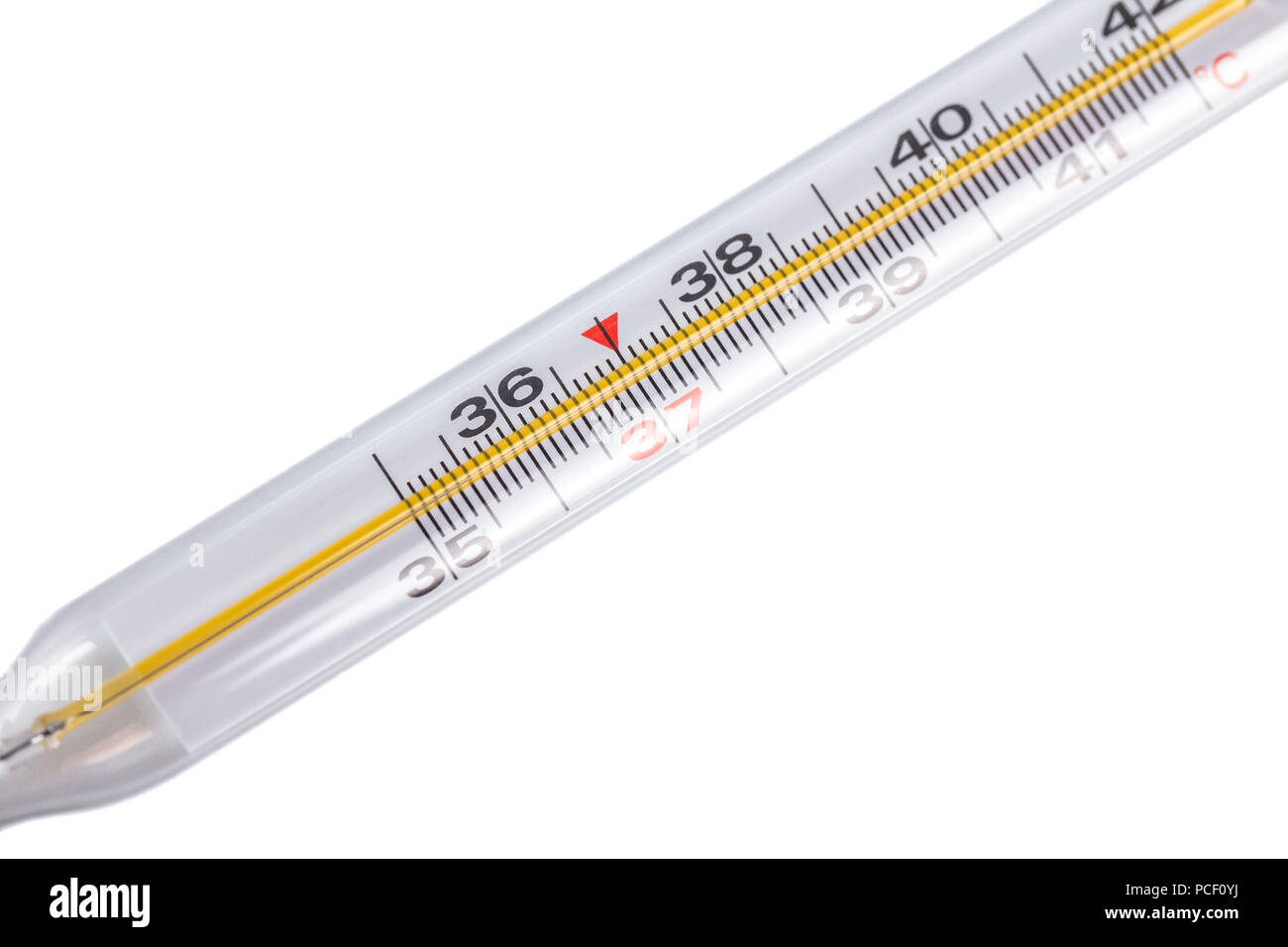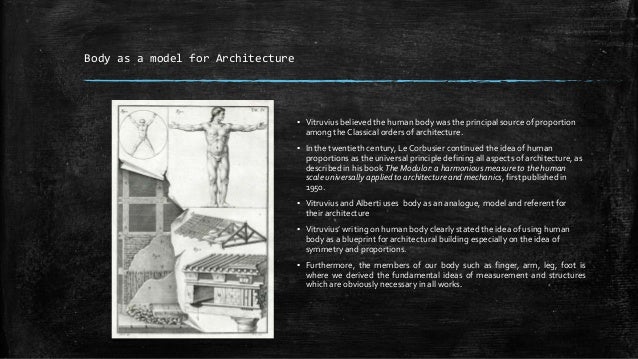Measures of subcutaneous adipose tissue are important because. With the modulor measurement system le corbusier succeeded in combining human body measurements with the foot based anglo saxon.

Task 3 Applying Ergonomics
Human body measurement architecture. The metric system which is based on precisely reproducible and measurable physical quantities such as the speed of light still attempts to keep its base units within the range of human experience. Anthropometry from greek ἄνθρωπος anthropos human and μέτρον metron measure refers to the measurement of the human individualan early tool of physical anthropology it has been used for identification for the purposes of understanding human physical variation in paleoanthropology and in various attempts to correlate physical with racial and psychological traits. 5 appendages to the torso in the arms leg and head. Anthropometry is the study of the measurement of the human body in terms of the dimensions of bone muscle and adipose fat tissue. Weights and measures tend to reflect human scale and many older systems of measurement featured units based directly on the dimensions of the body such as the foot and the cubit. In the book vers une architecture published in 1923 le corbusier explains.
James stirlingmichael wilford fonds collection centre canadien darchitecture canadian centre for architecture montréal the modulor man and other dummies the modulor is an anthropometric scale of proportions created by le corbusier in 1948 to embody a range of harmonious measurements to suit the human scale universally applicable to architecture and to mechanical things. Given that architecture has historically been preoccupied with a concept of not only standard but ideal measure as architecture relates to the body or vice versa it seems that there is a new relevance to the conversation of measure considering a body contingent parametric architecture. In this case measurement is specific and variable as. In particular such anthropometric measurements have been used historically as a means to. Another interesting relationship of golden section to the design of the human body is that there are. 5 appendages on each of these in the fingers and toes.
The human body is based on patterns of 5 which is the basis for phi as well. The assessment of nutritional status requires a series of stature weight and other anthropometric dimensions. 5 openings on the face. In architecture as such to design is to establish the anthropometric distance between the human body and tactile objects to orientate the proxemic interactions between one body and another and to articulate something of the divine proportion of the human body. Anthropometry is the science of obtaining systematic measurements of the human body. The relationship between architecture and the human body delves deep into why those behaviors manifest in the first place as it calls upon the experiential characteristics and qualities that spark when the two unite impacting not only occupant behavior through the body but also impacting occupants intellectually emotionally physiologically and even spiritually through the body as well.
Geometry is the language of man and the regularities contained in it such as the golden ratio are at the root of human activity. As a form the human body is measured. Anthropometry first developed in the 19 th century as a method employed by physical anthropologists for the study of human variation and evolution in both living and extinct populations.



